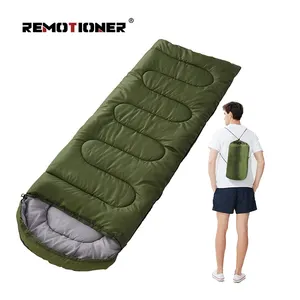Giới thiệu về xếp hạng túi ngủ
Alibaba.com cung cấp các sản phẩm 529 xếp hạng túi ngủ. Có rất nhiều xếp hạng túi ngủ lựa chọn dành cho bạn, chẳng hạn như đen, màu xanh lá cây, và màu đỏ. Bạn cũng có thể chọn từ pvc, nhựa, và polyester xếp hạng túi ngủ. Cũng như từ thời trang xếp hạng túi ngủ. Và bất kể xếp hạng túi ngủ là không thấm nước, gấp, hay thân thiện với môi.














